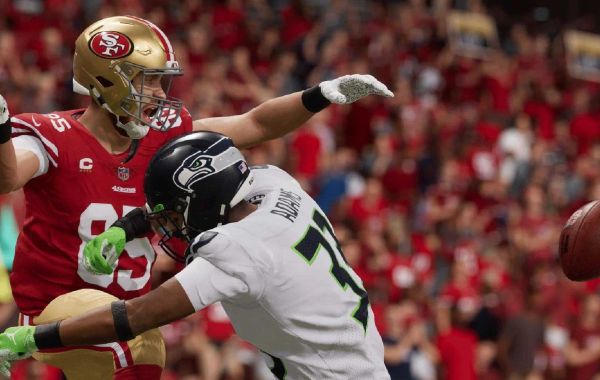Native American casinos and commercial casinos may seem similar at first glance, both offering a range of gambling options such as slot machines, table games, and poker. However, there are significant differences between the two that are worth exploring. First and foremost, Native American casinos are owned and operated by federally recognized tribes, while commercial casinos are owned by private companies. This difference in ownership has a ripple effect on various aspects of the casinos, including revenue sharing and taxation. Native American casinos operate under the Indian Gaming Regulatory Act (IGRA), which allows tribes to offer Class I, II, and III gaming. This means that they have the ability to offer traditional forms of gambling, such as bingo and card games, but also have the option to offer casino-style games such as slot machines and roulette. On the other hand, commercial casinos are subject to state laws and regulations, which may restrict the types of games they can offer.
Another significant difference between Native American casinos and commercial casinos is the revenue sharing and taxation structure. Under IGRA, Native American casinos do not pay state or federal taxes on their gaming revenue. Instead, they share a percentage of their profits with the state and local governments in which they operate. This revenue sharing helps to fund essential services and programs in these areas, such as education and healthcare. In contrast, commercial casinos are subject to state and federal taxes, which can significantly impact their profitability.
One area where Native American casinos stand out is in their commitment to preserving their cultural heritage. Many Native American casinos incorporate traditional elements, such as artwork and architectural design, to showcase their heritage and honour their ancestors. They also often offer Native American-inspired cuisine and host cultural events and performances. This emphasis on cultural preservation sets Native American casinos apart from commercial casinos, which may prioritize flashy themes and entertainment over cultural heritage.
In terms of employment, both Native American casinos and commercial casinos offer job opportunities to their local communities. However, Native American casinos are often more beneficial to the local economy. This is because the profits from Native American casinos are often reinvested back into the community, creating more jobs and stimulating economic growth. In contrast, the profits from commercial casinos often leave the local community, benefiting private owners and shareholders instead.
Finally, technology also plays a vital role in differentiating between Native American casinos and commercial casinos. While both offer a variety of online casino games, such as slots and poker, Native American casinos may have restrictions due to their tribal affiliation. For instance, some Native American casinos may only offer online gaming options to players who are physically present on tribal land. On the other hand, commercial casinos can offer online gaming options to players located anywhere within state boundaries.
In conclusion, while Native American casinos and commercial casinos may offer similar forms of entertainment, their differences in ownership, revenue sharing, cultural preservation, economic impact, and technology make them stand out from each other. As the gaming industry continues to evolve, it will be interesting to see how these differences will be further highlighted and how MGLion and other online casino games will fit into the mix.
Suche
Beliebte Beiträge
-
 How To Love Yourself As A Senior Bbw
Durch Christopher Miller
How To Love Yourself As A Senior Bbw
Durch Christopher Miller -
 Jobs That Are Perfect for People Who Like to Work With Their Hands
Durch Kevin Gardner
Jobs That Are Perfect for People Who Like to Work With Their Hands
Durch Kevin Gardner -
 Best canadian pharmaceuticals online
Durch Rosa Smith
Best canadian pharmaceuticals online
Durch Rosa Smith -
 What is the greatest online casino in Canada?
What is the greatest online casino in Canada?
-
 Mentioned previously in despatches
Durch SEO Consultant
Mentioned previously in despatches
Durch SEO Consultant
Kategorien



